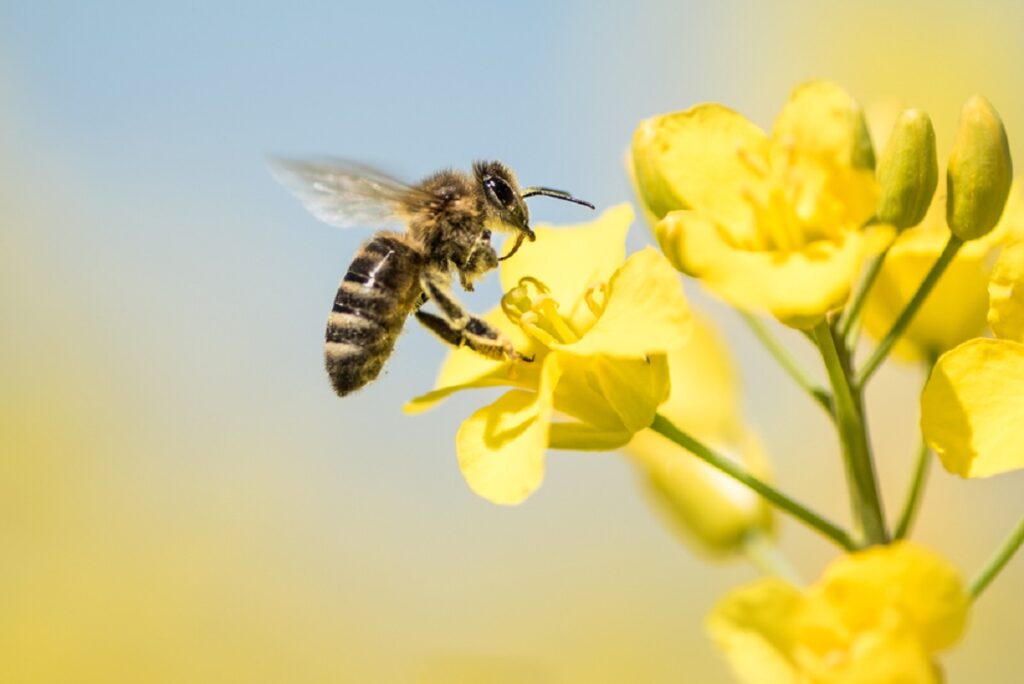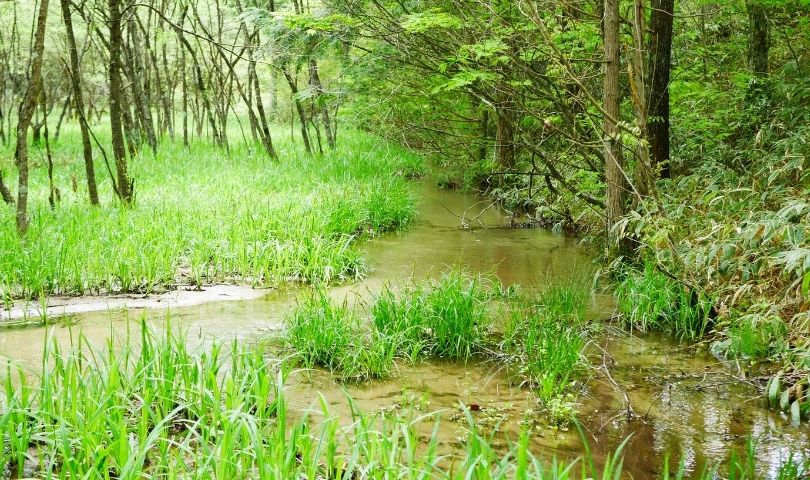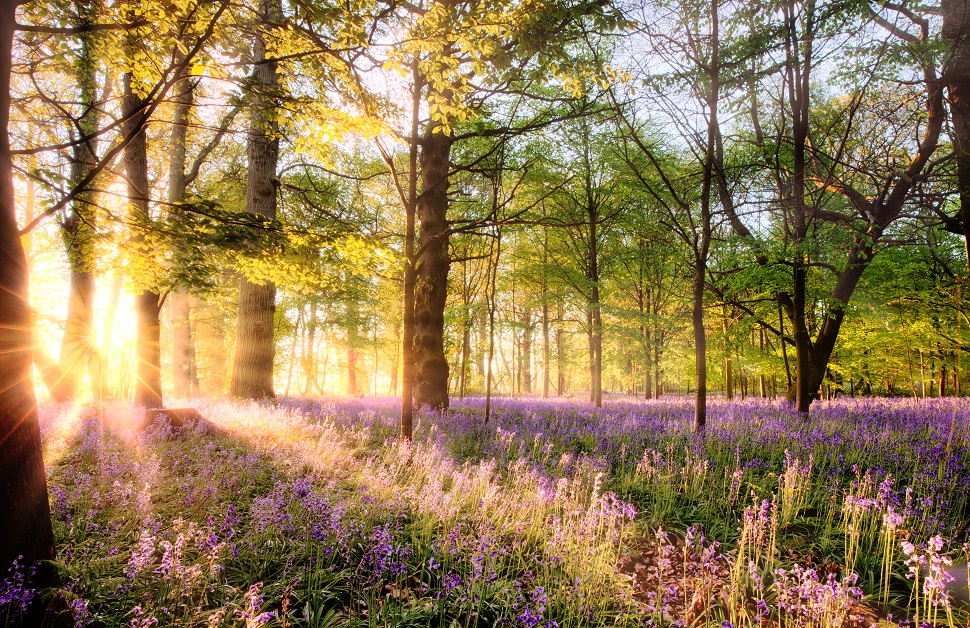Biodiversity Net Gain Hampshire: Expert BNG Reports & Assessments
Since the Environment Act 2021, all developments in Hampshire must deliver measurable biodiversity improvements. As of 12 February 2024, most planning applications across the county must show at least a 10% biodiversity net gain (BNG), calculated using the government’s statutory Biodiversity Metric.
This means that every scheme, whether a housing development in Winchester, commercial expansion near Southampton, or smaller rural projects in the New Forest, must assess the site’s current ecological value, forecast post-development biodiversity, and demonstrate how it will deliver biodiversity net gain to create the required 10% uplift and leave the site in a measurably better state.
Where it is not possible on-site, developers must secure biodiversity units off-site within Hampshire or, as a final option, purchase statutory biodiversity credits.
BNG is reinforced by the National Planning Policy Framework, Natural England guidance and the Town and Country Planning Act 1990.

Ecological Priorities in Hampshire
Hampshire has an exceptional ecological landscape and a range of priority habitat, from the New Forest National Park and its internationally important heathlands, woodlands, and wetlands to the chalk downlands of the South Downs National Park, and the coastal and estuarine habitats of the Solent.
This south east county supports a wide range of local wildlife and protected species including bats, dormice, great crested newts, otters, and rare invertebrates associated with heathland. Sites of strategic significance include the Itchen Valley (a Special Area of Conservation), the Solent and Southampton Water Special Protection Area, the River Test, and ancient woodland networks scattered across the county.
Relevant published lnrs (local nature recovery strategies) for Hampshire place emphasis on heathland restoration, chalk grassland management, river corridor enhancements, and protecting coastal wetlands. Any biodiversity gain plan in Hampshire will be expected to take these priorities into account before local authorities will be minded to grant planning permission.

Preparing a Biodiversity Net Gain Report
The first stage of a biodiversity net gain assessment is a baseline ecological survey of the site area to assess the general biodiversity gain condition. Using the Biodiversity Metric, ecologists map existing habitats, evaluate their condition, and calculate the site’s pre development biodiversity value.
The proposed development design is then tested against these calculations to predict ecological value post-development. Where the uplift falls short, bng requires that habitat creation or enhancement measures are proposed to achieve the biodiversity gain objective. In Hampshire, this often includes heathland restoration, chalk grassland enhancement, wetland creation, or hedgerow planting. Ecologists use the mitigation hierarchy of firstly avoiding impact on nature, followed by mitigation and compensation.
Protected wildlife surveys are frequently required alongside a biodiversity gain plan. Given Hampshire’s ecological diversity, bat surveys are common for developments near woodland or historic structures, and great crested newt surveys are often necessary for sites with nearby ponds.

Delivering Biodiversity Net Gain Hampshire
On-site habitat creation is always the preferred route for meeting biodiversity net gain requirements. In Hampshire, this might involve creating wildflower meadows on chalk soils, restoring heathland mosaics in the New Forest fringe, or enhancing riparian habitats along the Test and Itchen rivers.
If full delivery cannot be achieved within the development boundary, developers may purchase off-site biodiversity units on biodiversity gain sites ideally located within Hampshire to ensure ecological benefits remain local. Statutory credits are only available when no other options are viable.
Protected Species and Planning in Hampshire
Because of the county’s ecological richness, biodiversity net gain in Hampshire often overlaps with protected wildlife legislation. Bats, dormice, otters, and invertebrates all feature regularly in ecological assessments. Early commissioning of species surveys avoids delays, ensures compliance, and allows BNG strategies to align with the mitigation hierarchy of avoiding, minimising, restoring, and compensating for impacts.
Biodiversity Net Gain Hampshire County Council
A biodiversity net gain bng plan is a detailed document that demonstrates how a development will deliver measurable biodiversity improvements to meet the legal requirement. It typically assesses a site’s pre commencement condition through a baseline ecological survey and habitat mapping; biodiversity metric calculations of existing and proposed onsite habitat; habitat creation and enhancement proposals and a long-term management and monitoring plan (minimum 30 years).
Planning authorities in Hampshire also expect a biodiversity gain plan to show how projects align with local priorities such as protecting chalk rivers, conserving the New Forest habitats, and restoring species-rich grassland networks. Only when every biodiversity gain condition has been met will local authorities grant planning permission.
Expert Support for Biodiversity Net Gain in Hampshire
Our experienced ecologists prepare bng assessments for both large-scale and smaller new developments and self build schemes, tailored to the planning requirements of local authorities. We provide baseline surveys, Biodiversity Metric calculations, habitat creation strategies, and long-term management plans.
We have extensive experience of assessing biodiversity gain condition on a wide range of sites across the count and seeing planning permissions granted. We can assist on sites with original permission or retrospective planning permissions, helping to comply with any planning condition relating to biodiversity value set by a local authority.
We work on planning projects ranging from major residential developments near Basingstoke and Eastleigh to smaller rural projects in the New Forest and South Downs, custom build development and commercial developments. Where needed, we also arrange off-site biodiversity units and conservation covenants.
Request a Free Quote for a Hampshire BNG Report
If you require a biodiversity gain bng plan in Hampshire, our expert team can prepare a fully compliant report to support your planning application and pave the way to the best possible outcome. From the initial site survey to the final submission to the local planning authority, we ensure your project meets the 10% mandatory bng requirement while protecting Hampshire’s valued habitats and wildlife.
For further information contact us today with your site details and we will provide a free, no-obligation quote. By integrating biodiversity net gain into your project from the earliest stage, you will ensure compliance with local policy, protect biodiversity, and have a positive impact on the natural world in Hampshire.